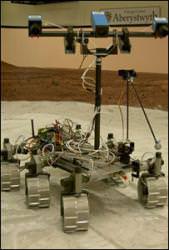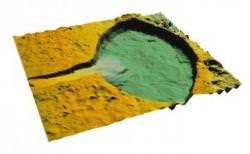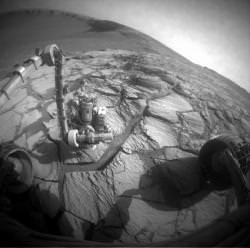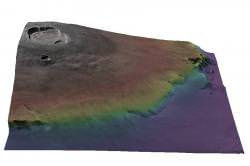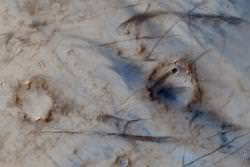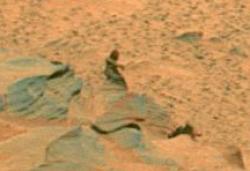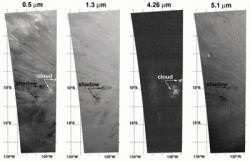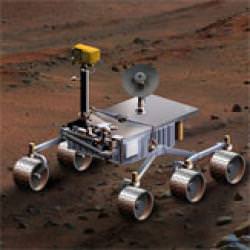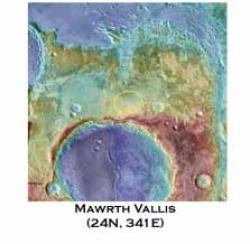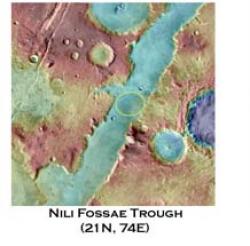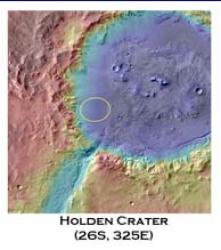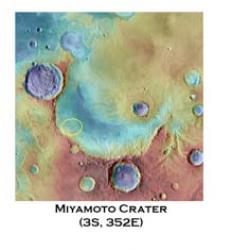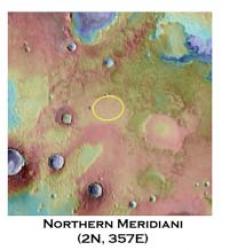NASA’s Mars Exploration Rovers (MER) have been an outstanding success in their longevity and helping us to understand the role of water in Mars’ past. But Spirit and Opportunity don’t have the instruments on board to answer the question foremost in many people’s minds: Is there, or was there ever life on Mars?
A new spacecraft being readied by the European Space Agency (ESA) will have that ability. The rover for the ExoMars 2013 mission will have an on-board subsurface radar, a drill, and life-detection equipment as part of the scientific payload.
To help prepare for the mission, scientists at Aberystwyth University in Wales have simulated the surface of Mars in their lab to test the “roving” capabilities of the vehicle. Also being tested are the robotic arm for collecting samples and a panoramic camera.
The ExoMars mission will also have an orbiter that will scan for the best landing site for the rover. The rover is slated to travel to ten different locations in 6 months. The rover will use a radar system that can scan the surface and subsurface, a drill that can dig down 1-2 meters below the surface and gather a sample that will be brought to the onboard instruments that will look for life, past or present, in the Mars landscape.
A robotic arm that is part of this system is similar to arm that was part of the ill-fated Beagle 2 lander, that crashed on Mars surface in 2003. But the new arm has been improved, and it is hoped the arm will work with on-board cameras and to be able to acquire rock samples autonomously.
The rover will weigh about 140-180 kg, comparable to the NASA’s MER. The main scientific objectives of the ExoMars mission are to study the biological environment of Mars surface, to characterize the Mars geochemistry and water distribution and to identify possible surface hazards to future human missions.
The mission is scheduled to launch in 2013 and land on Mars in 2014.
Original News Source: BBC

